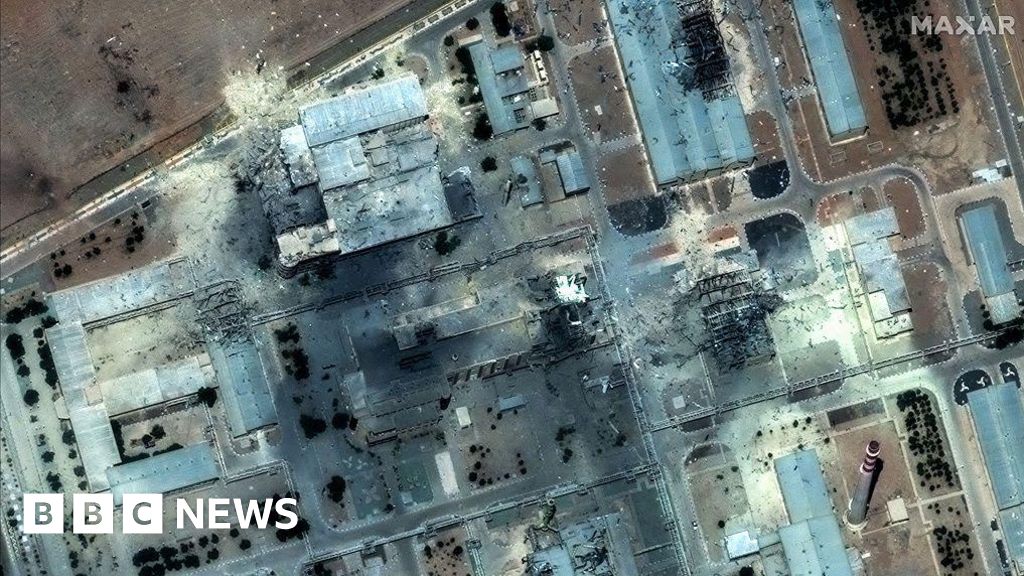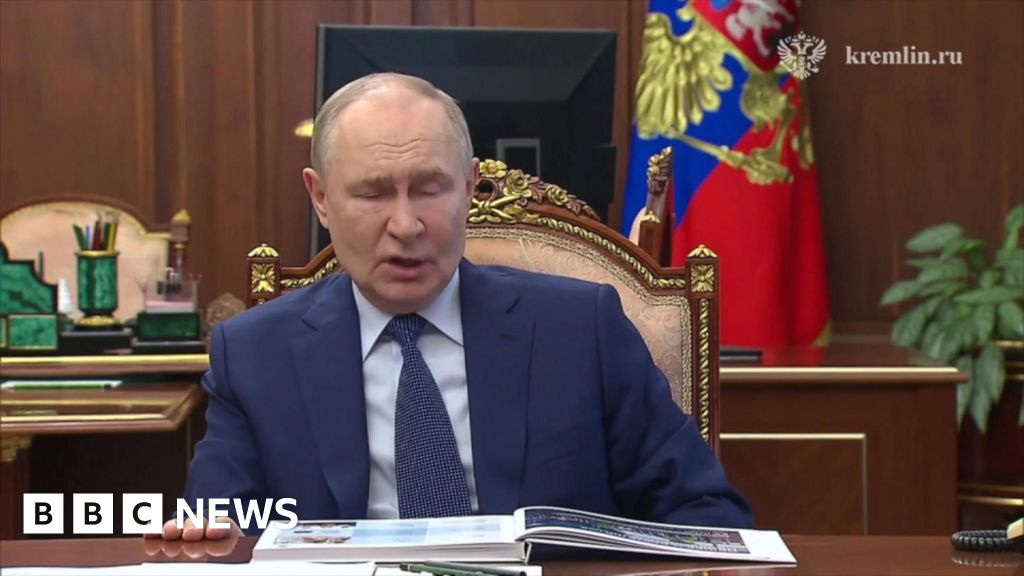
Andrew Iams saw something strange while looking through his electron microscope. He was examining a sliver of a new aluminum alloy at the atomic scale, searching for the key to its strength, when he noticed that the atoms were arranged in an extremely unusual pattern.
“That’s when I started to get excited,” said Iams, a materials research engineer, “because I thought I might be looking at a quasicrystal.”
Not only did he find quasicrystals in this aluminum alloy, but he and his colleagues at the National Institute of Standards and Technology (NIST) found that these quasicrystals also make it stronger. They have published their findings in the Journal of Alloys and Compounds.
The alloy formed under the extreme conditions of 3D metal printing, a new way to make metal parts. Understanding this aluminum on the atomic scale will enable a whole new category of 3D-printed parts such as airplane components, heat exchangers and car chassis. It will also open the door to research on new aluminum alloys that use quasicrystals for strength.
Quasicrystals are like ordinary crystals but with a few key differences.
A traditional crystal is any solid made of atoms or molecules in repeating patterns. Table salt is a common crystal, for example. Salt’s atoms connect to make cubes, and those microscopic cubes connect to form bigger cubes that are large enough to see with the naked eye.
There are only 230 possible ways for atoms to form repeating crystal patterns. Quasicrystals don’t fit into any of them. Their unique shape lets them form a pattern that fills the space, but never repeats.
Dan Shechtman, a materials scientist at Technion-Israel Institute of Technology, discovered quasicrystals while on sabbatical at NIST in the 1980s. Many scientists at the time thought his research was flawed because the new crystal shapes he found weren’t possible under the normal rules for crystals. But through careful research, Shechtman proved beyond a doubt that this new type of crystal existed, revolutionizing the science of crystallography and winning the chemistry Nobel Prize in 2011.
Working in the same building as Shechtman decades later, Andrew Iams found his own quasicrystals in 3D-printed aluminum.
How does 3D metal printing work?
There are a few different ways to 3D-print metals, but the most common is called powder bed fusion. It works like this: Metal powder is spread evenly in a thin layer. Then a powerful laser moves over the powder, melting it together. After the first layer is finished, a new layer of powder is spread on top and the process repeats. One layer at a time, the laser melts the powder into a solid shape.
Three-dimensional printing creates shapes that would be impossible with any other method. For example, in 2015 GE designed fuel nozzles for airplane engines that could only be made with 3D metal printing. The new nozzle was a huge improvement. Its complex shape came out of the printer as a single lightweight part. In contrast, the previous version had to be assembled from 20 separate pieces and was 25% heavier. To date, GE has printed tens of thousands of these fuel nozzles, showing that 3D metal printing can be commercially successful.
One of the limitations of 3D metal printing is that it only works with a handful of metals.
“High-strength aluminum alloys are almost impossible to print,” says NIST physicist Fan Zhang, a co-author on the paper. “They tend to develop cracks, which make them unusable.”
Why is it hard to print aluminum?
Normal aluminum melts at temperatures of around 700 degrees C. The lasers in a 3D printer must raise the temperature much, much higher: past the metal’s boiling point, 2,470 degrees C. This changes a lot of the properties of the metal, particularly since aluminum heats up and cools down faster than other metals.
In 2017, a team at HRL Laboratories, based in California, and UC Santa Barbara discovered a high-strength aluminum alloy that could be 3D-printed. They found that adding zirconium to the aluminum powder prevented the 3D-printed parts from cracking, resulting in a strong alloy.
The NIST researchers set out to understand this new, commercially available 3D-printed aluminum-zirconium alloy on the atomic scale.
“In order to trust this new metal enough to use in critical components such as military aircraft parts, we need a deep understanding of how the atoms fit together,” said Zhang.
The NIST team wanted to know what made this metal so strong. Part of the answer, it turned out, was quasicrystals.
How do quasicrystals make aluminum stronger?
In metals, perfect crystals are weak. The regular patterns of perfect crystals make it easier for the atoms to slip past each other. When that happens, the metal bends, stretches or breaks. Quasicrystals break up the regular pattern of the aluminum crystals, causing defects that make the metal stronger.
The measurement science behind identifying a quasicrystal
When Iams looked at the crystals from just the right angle, he saw that they had fivefold rotational symmetry. That means there are five ways to rotate the crystal around an axis so that it looks the same.
“Fivefold symmetry is very rare. That was the telltale sign that we might have a quasicrystal,” said Iams. “But we couldn’t completely convince ourselves until we got the measurements right.”
To confirm they had a quasicrystal, Iams had to carefully rotate the crystal under the microscope and show that it also had threefold symmetry and twofold symmetry from two different angles.
“Now that we have this finding, I think it will open up a new approach to alloy design,” says Zhang. “We’ve shown that quasicrystals can make aluminum stronger. Now people might try to create them intentionally in future alloys.”
More information:
A.D. Iams et al, Microstructural Features and Metastable Phase Formation in a High-Strength Aluminum Alloy Fabricated Using Additive Manufacturing, Journal of Alloys and Compounds (2025). DOI: 10.1016/j.jallcom.2025.180281. www.sciencedirect.com/science/ … ii/S0925838825018390
This story is republished courtesy of NIST. Read the original story here.
Citation:
Rare crystal shape found to increase the strength of 3D-printed metal (2025, April 7)
retrieved 7 April 2025
from
This document is subject to copyright. Apart from any fair dealing for the purpose of private study or research, no
part may be reproduced without the written permission. The content is provided for information purposes only.
[ad_2]
Source link



















